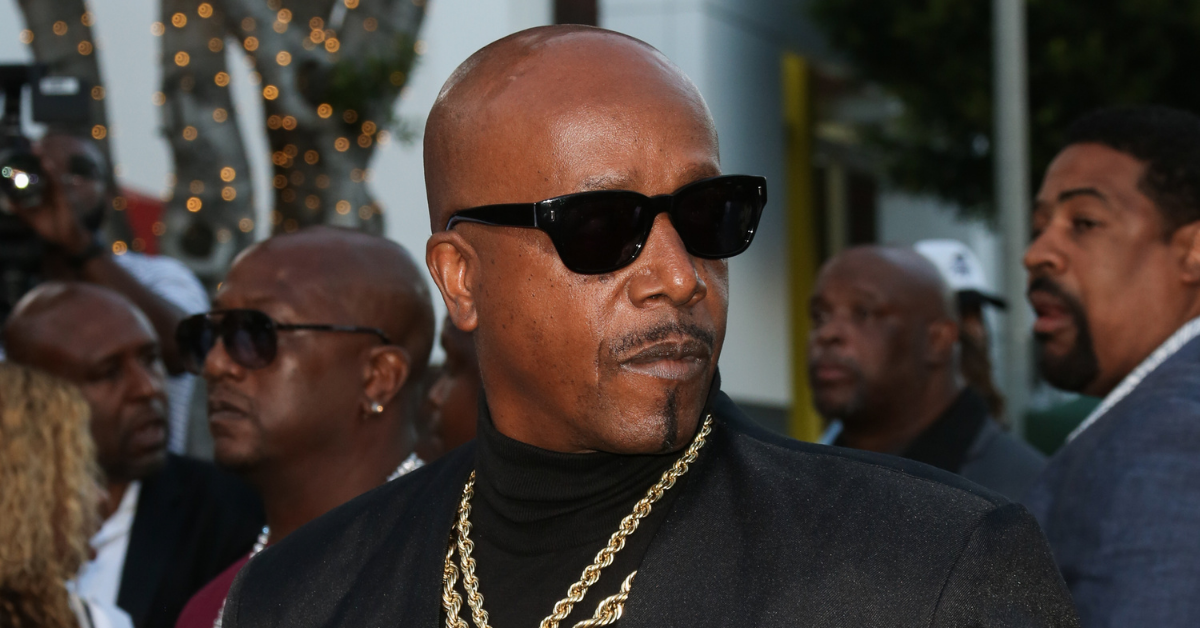During his music career, MC Hammer amassed a reported $70 million thanks to songs such as “Here Comes the Hammer,” “Pumps and a Bump,” and, of course, his biggest hit with 1989’s “U Can’t Touch This.” The song was an international hit, peaking in the Top 10 in countries including the US, Germany, UK, and Denmark while amassing sales of more than six million units worldwide.
And while the future seemed bright for MC Hammer, whose real name is Stanley Kirk Burrell, the 59-year-old would soon file for bankruptcy after getting caught up on the financial side of things. While 1991 was one of the best years for Burrell, who made a whopping $30 million and was named one of the highest-earning artists in music, everything came crashing down the following five years.
Though Burrell is nowhere near as successful as he once was, he still makes a decent amount of money from paid appearances and collaborations with other upcoming artists, but trust and believe that he’s much wiser with his money these days than back in the days when he was pulling $30 million a year. Here’s the lowdown…
MC Hammer’s Fortune
People couldn’t get enough of Burrell following his breakout his “U Can’t Touch This.” Fans loved his wacky outfits and baggy trousers while serving up choreography in every scene of his music videos — it was vibrant, fresh, and something different, to say the least.
Burrell’s fanbase was expanding expeditiously, and so was his bank account. Once entering the ‘90s, he was one of the highest-paid artists in the music industry, which was an incredible feat considering how much singers were caught up in bad record deals, which saw them earn next to nothing from their royalties.
Girl group TLC, Toni Braxton, and Keith Sweat were just some of the names who found themselves being left out of generating a generous income from their successful albums all because they were locked in bad contracts with their labels, but it seems Capitol was operating a little differently.
The aforementioned record label was clearly paying Burrell huge sums of money, and eventually, he became accustomed to the multi-million dollar deals, endorsements, and everything else that was building up his fortune.
The only problem was that Burrell had formed a terrible spending habit that saw him spending money like there was no tomorrow. In the early ‘90s, he treated himself to many vacations, spending sprees — which included the purchase of 17 luxury cars, a private jet, and two helicopters — on top of buying 21 racehorses.
Each animal cost around $1 million, according to Mirror.
Burrell also had an enormous staff of up to 200 people to help him with his day-to-day errands and managing his brand, setting him back another $500,000 a month.
He was also big on real estate, having purchased a $12 million mansion in Fremont, California, and dropping a cool $30 million to turn it into his dream home. With all this money being spent, it was clear that Burrell was making a lot of money from his music career, and he was fully aware of that judging by his spending habits.
The reconstructed 40,000 square foot villa included a bowling alley, a 17-car garage, two swimming pools, and a gold-plated front gate emblazoned with his Hammer Time catchphrase.
In an interview with the Chicago Tribune, Burrell gushed, ”When I moved in here, it felt more like I was still on vacation," he said. "In my world travels, I stayed at the finest hotels. I've seen the best…"
"That pop-up TV console in the bedroom? I got the idea at The Mirage in Vegas… All the floors are marble. My wife flew to Italy and picked it out of the mines. They cut it out of the mountain... but I've only used the marble steam room in my bathroom once and I've probably never even sat on the couch in the living room."
As his career slowly began to fade, so did the money, but his monthly costs remained the same, leading Burrell to file for bankruptcy in 1996. Burrell attempted to reinvent himself by staging a comeback with a “harder” sound and image, but his commercial success remained on a steady decline.
That same year, Burrell learned he was $10 million in debt and had to start selling off some of his assets to cover the hefty bill to avoid time behind bars, and at this point, it seemed apparent that the success he once shared at the peak of his career had ended.
As previously mentioned, Burrell still makes a decent income from paid appearances and collaborations here and there, but gone are the years where he’d pull in up to $30 million in a single year.

